#barnacles :))))
Text

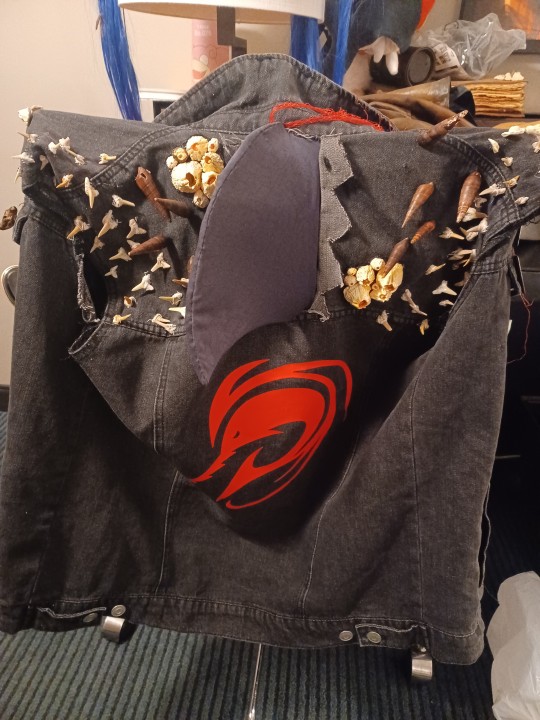
I've never actually seen anyone do the punk part of seapunk so here's my vest.
Barnacles, sea shells, and (fossil) shark teeth instead of spikes.
(I am obsessed with putting barnacles on everything now)
#seapunk#sea punk#oceanpunk#ocean punk#underseapunk#undersea punk#punk#diy#fashion#arlong#arlong pirates#barnacles#shark
58 notes
·
View notes
Text
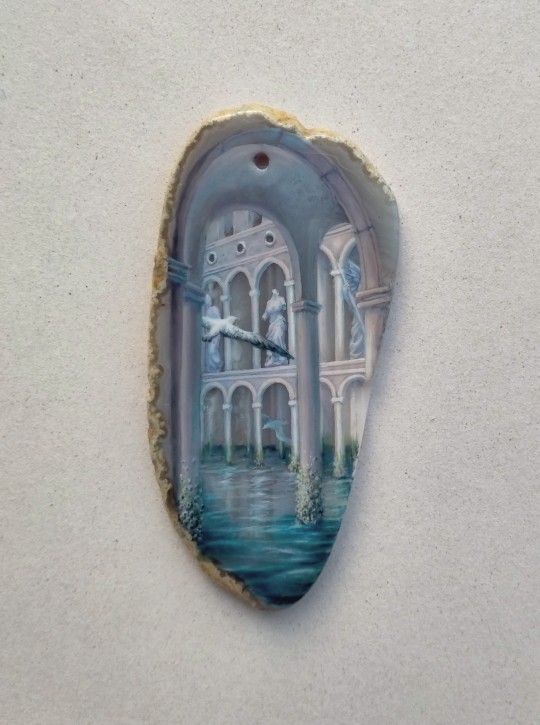

'Piranesi' again, albatross in The Lower Halls. Damn, I'd give everything to find the House
#piranesi#susanna clarke#illustration#arches#halls#sea#albatross#barnacles#surreal#colonnade#agate#painted stones#miniature#painted rocks#rock painting#minerals#jewelry#my art
8K notes
·
View notes
Text


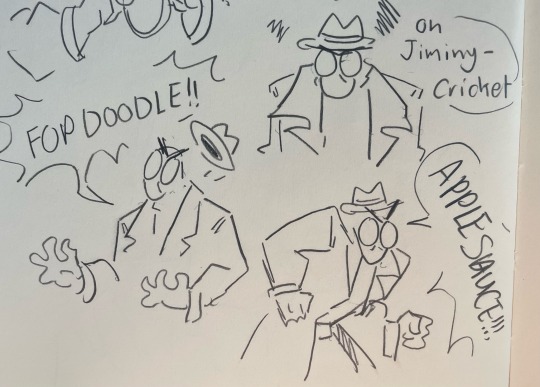


He’s so stupid I love him
Bro will NOT just cuss like a normal person (Because if did he would burn for eternity for the sailor mouth he actually has)
#spiderman noir#spider noir#my art#spiderman#spider man: across the spider verse#into the spider verse#my wife#comics#spider man noir comics#headcanons#funny#the silly#silly man#wife#make him mad and he’ll spit out#word combinations you’ve never heard of#BARNACLES#applesauce#when he’s around kids he won’t cuss#when he’s around other adults he needs his mouth washed out
1K notes
·
View notes
Text
Mutual 1: i've got barnacles :(
Mutual 2: lol this sucker doesn't know i'm hitchin a ride
Mutual 3: lol this sucker doesn't know i'm hitchin a ride
Mutual 4: lol this sucker doesn't know i'm hitchin a ride
Mutual 5: lol this sucker doesn't know i'm hitchin a ride
Mutual 6: yooooo this whale fall slaps
#marine biology shitpost#eddie in the ocean#barnacles#marine biology#whale fall#does this need a repetition tag?#ill do it just in case#repetition
305 notes
·
View notes
Text
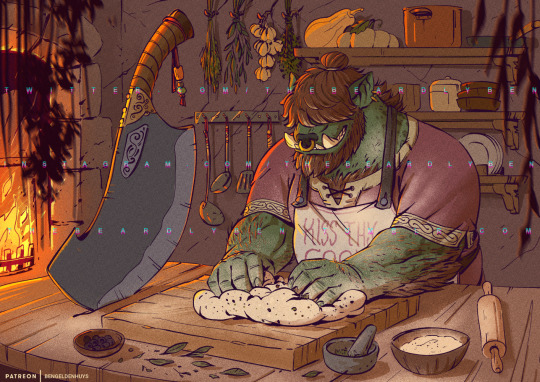
Since I haven't done much art of him yet since he is quite a new D&D character, here's my half-orc gnoll Barny kneading some bread dough :)
#D&D#d&d character#half gnoll#half orc#barnacles#barny#prophecy of varaxes#baking#gnoll#gnollvember#the beardly ben#digital art#illustration#background art#scene#dungeons and dragons#dnd5e#dnd art#dnd gnoll#kiss thy cook
1K notes
·
View notes
Text
don't mind me just spreading some intertidal propaganda nothing to see here



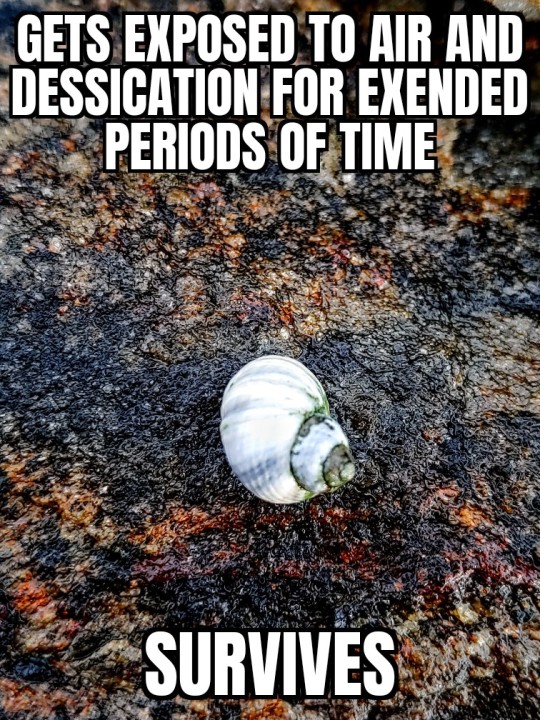

#oc#intertidal#marine biology shitpost#marine biology#eyryhalinity supremacy#barnacle life#littorinoids everywhere#marine memes#littorina#barnacles#macroalgae#marine ecology
753 notes
·
View notes
Note
Hey bog, do you know anything about Rabbit eared barnacles (Conchoderma auritum)? They're included on a poster I've had since I was like 8 that gives a basic run down of the major arthropod groups, but basically everything on there is pretty well known except for the rabbit eared barnacle (whose label being swapped with the good barnacle caused me years of confusion) and I'm curious what their deal is, because they look like multiple individuals sharing a shell?
They're soft squishy stalked barnacles that evolved to grow almost solely on other, hard-shelled barnacles!

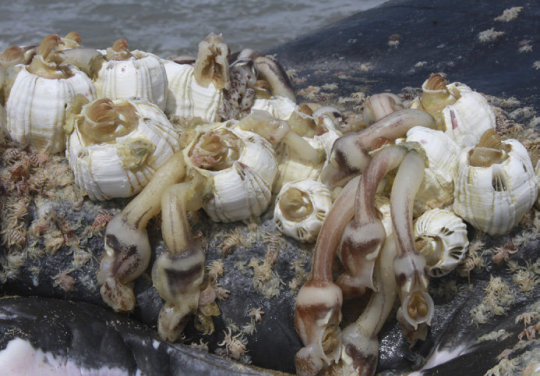
They especially tend to grow on whale barnacles, the acorn barnacles that specially adapted to attach to whale skin. It's actually very difficult for most barnacles to do this, so the rabbit eared barnacle is cheating by letting the whale barnacle build the foundation it lives on. They don't harm one another, but it is possible that sometimes the rabbit barnacles overcrowd and smother their neighbors.
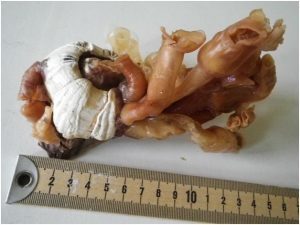
254 notes
·
View notes
Text

I was musing on barnacles
Transcript for anyone who doesn't want to squint themselves into a migrane trying to read that:
I like drawing barnacles
Its like that quote about drawing roses
"To draw a rose first you must forget every rose that has ever been drawn"
But people don't look at barnacles like they look at roses
Everyone has an opinion about roses, most people have drawn one themselves even if its just a swirly and a pair of leaf shapes
But you don't gift a bouquet of barnacles for mothers day - evidently its not even common knowledge that a barnacle is a crustacean
The only person who knows if you've drawn a nice barnacle is you
245 notes
·
View notes
Text


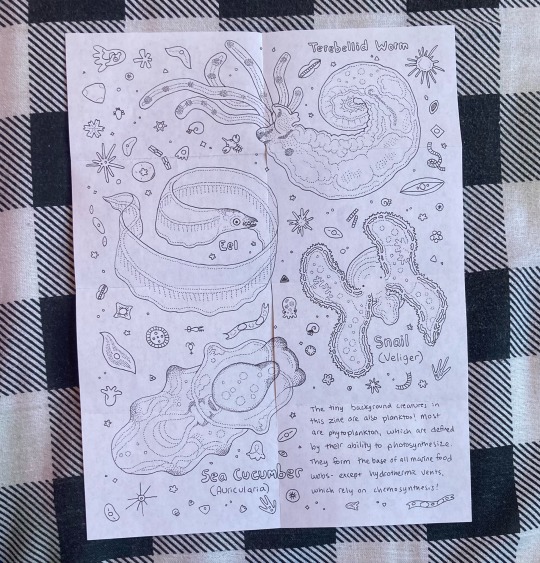
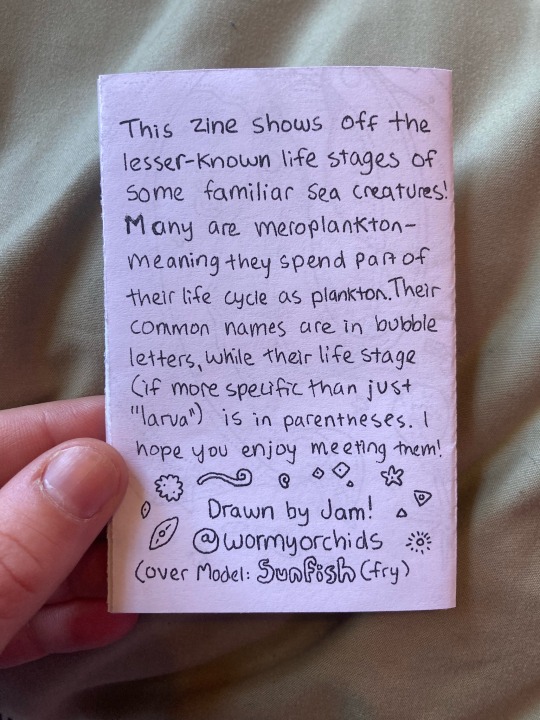

New zine landed! SEA BABIES explores cute sea creature life stages 🦀🪼🐡 snag it in my sh0p or sign up for my mailing list before the end of the month!!
#illustration#drawing#art#creature#stippling#natural history#minizine#zine#marine biology#plankton#larva#life cycles#jellyfish#sea jellies#crab#meroplankton#zooplankton#barnacles#mola mola
56 notes
·
View notes
Text

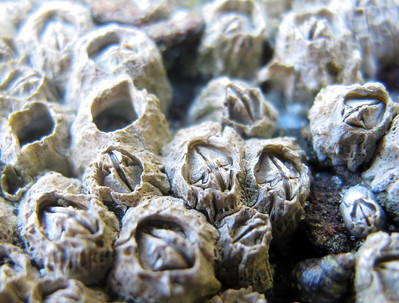

Common Acorn Barnacles on Call
Semibalanus balanoides, more commonly known as the common acorn barnacle or the northern acorn barnacle, is a widespread species of barnacle found all along the Pacific and Atlantic coasts of North America and the intertidal zone of Europe-- though it is notably absent from the Bay of Biscay. Its range is limited by the temperature of the water in which it breeds; in the winter, they require water as cold as 7.2 °C (45.0 °F), but throughout the rest of the year they can tolerate much warmer climates.
Like many barnacle species, S. balanoides is hermaphroditic, meaning it has both male and female reproductive organs. Once the water reaches the optimal temperature, typically in November or December, the barnacles begin to breed. An individual will reach out with a penis that can be up to 7.5 centimetres (3.0 in), and inseminate a nearby barnacle; this process may be repeated up to eight times between a single pair. After insemination, the penis disintegrates to be regrown the following year.
In the meantime, the fertilized barnacle will produce up to 10,000 eggs that are stored in a special sac within the shell cavity. The common acorn barnacle releases its eggs between February and April, in concert with warming waters and the spring algal bloom. The eggs then hatch into miniscule larvae, which spend several weeks feeding on plankton in the water column and going through a series of molts. Following the sixth molt, the larvae stops feeding and seeks out a suitable place on which to anchor itself. Once it has found a surface, the larval barnacle 'crawls' along the surface until it encounters one of its own species. At this point, they will attach themselves with a cement-like glue which is capable of supporting up to 3,200 kg (7,000 lbs) Here, a single northern acorn barnacle may live anywhere from one to seven years.
Adult S. balanoides are identified by the white, six-sided limestone casing with which they protect themselves. However, one unique feature of this species is the way in which they attach themselves to their chosen surfaces; unlike other barnacles, which have a hard calcified shell base, the northern acorn barnacle has a membranous base. Within their shells, they have rather soft bodies, including a set of feathered appendages called cirri with which they use to breathe and collect food.
The common acorn barnacle is a filter feeder, consuming microscopic plankton and bits of detritus from the water column. Though their hard shells deter most predators, adults are vulnerable to other predatory invertebrates like dogwelks, nudibranches, and sea stars, as well as fish like the shanny that are specialist feeders of barnacles.
Conservation status: The common acorn barnacle has not been assessed by the IUCN. The species is extremely common and very resilient, and in fact has been in existence since the Jurassic period. However, rising ocean temperatures may negatively affect their breeding period.
If you like what I do, consider leaving a tip or buying me a kofi!
Photos
Neil DeMaster
Oregon State Parks and Recreation
Kim Hanson via Wikimedia commons
#common acorn barnacle#Balanomorpha#Balanidae#acorn barnacles#barnacles#crustaceans#arthropods#marine arthropods#intertidal arthropods#coastal arthropods#atlantic ocean#pacific ocean#animal facts#biology#zoology
110 notes
·
View notes
Text
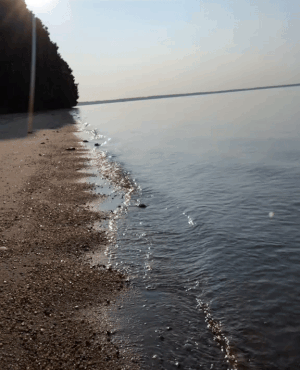


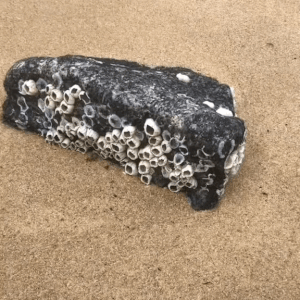


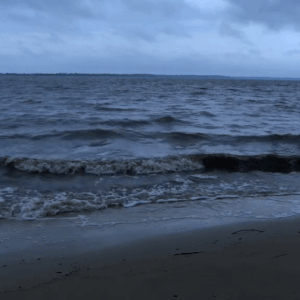
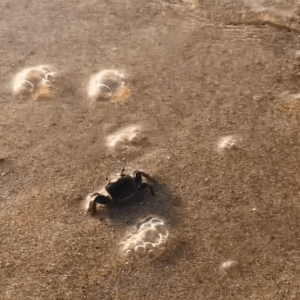

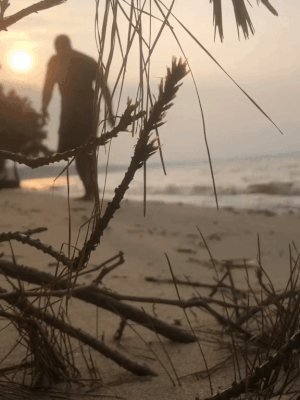


wandering by the water... /// src src src src
#talos gifs#stim gifs#stim#stimboard#talos stimboards#nature stim#nature#beach#rocks#sand#waves#ocean#irl people#irl hands#crabs#barnacles#seashells#driftwood#brown#yellow#gold#gray#grey#blue#described#gif ids#id in alt
212 notes
·
View notes
Text
Jury why do these barnacles kinda look like the mouth of a 2005 furby
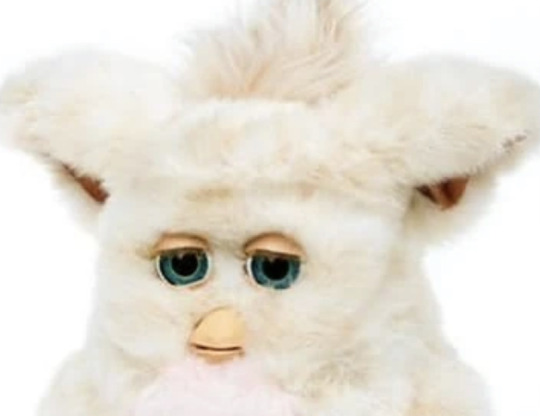

42 notes
·
View notes
Text
Dashi: I give up. I am so tired.
Barnacles: Get the emergency supply!
Tweak: carries Dashi and places her in front of Shellington
Shellington: smiles
Dashi: AND I AM BACK BABY, LET’S GOOO
45 notes
·
View notes
Photo

Source details and larger version.
84 notes
·
View notes
Text

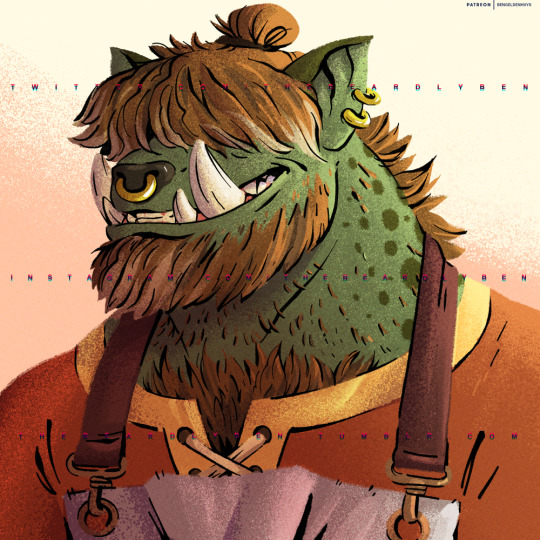
I'm pretty excited to reveal my next D&D character for a complete homebrew campaign.
This is Barnacles (pronounced like a greek hero, “barna-cleeze”) or Barny for short, and he's a half-orc half-gnoll cook that lives with his mum :D
#half orc#half gnoll#orctober#gnollvember#the beardly ben#barnacles#half orc gnoll#dungeons and dragons#dnd#dnd5e#dnd homebrew#dnd chef#large lad#chunky men#big boy#chub#hyena#yeen#gnoll#orc#tusks#cleaver#digital art#illustration#fantasy art#dnd character#dnd art
1K notes
·
View notes
Text
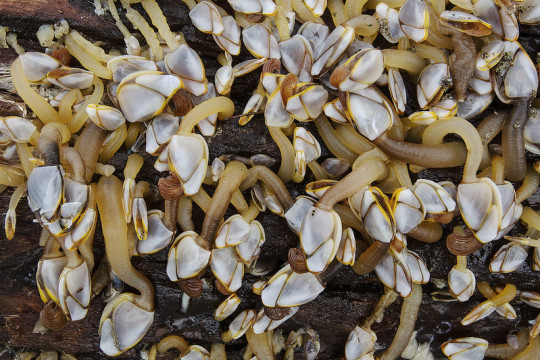
A group of pelagic gooseneck barnacles (Lepas anatifera) on the shore of Morrow Bay, California, USA
by marlin harms
#pelagic gooseneck barnacle#barnacles#lepas anatifera#lepas#Lepadidae#Scalpellomorpha#Thecostraca#arthropoda#wildlife: california#wildlife: usa#wildlife: north america
103 notes
·
View notes